Model of a Simple Air Conditioning System
Categories: Engineering Lab EquipmentIt is part of the HSI training system for refrigeration and air conditioning technology. In combination with the base unit the operational model of a simple air conditioning system is created. The mod...
Product
Description
It is part of the HSI training system for refrigeration and air conditioning technology. In combination with the base unit the operational model of a simple air conditioning system is created. The model is plugged onto the base unit, secured using fasteners and connected with refrigerant hoses to become a complete refrigeration circuit for the air cooler. In systems for room cooling the air to be cooled is aspirated from the room by a fan, cooled and fed back into the room. This model demonstrates the principles of room cooling and the components of an air conditioning system. The model includes an air duct with transparent front, fan for air transport, an evaporator as air cooler and an expansion valve. All components are clearly arranged on a panel. The individual components of the system, here the compressor and the fan, are operated via the software. The software offers the option to simulate faults.
Learning Objectives/Experiments
Air conditioning system for room cooling and its main components
Principle of operation of an evaporator as air cooler
Fault simulation
Features
Model of a simple air conditioning system for room cooling
Component operation and fault simulation via the software
Specification
Model of an air conditioning system to plug onto the base unit
Training system with HSI technology
Air duct with transparent front and adjustable ventilation flap for recirculating or outer air operation
Evaporator as air cooler
2 heaters as air preheater and reheater
Air humidifier with float switch, fan, filling level indication
Thermostatic expansion valve as expansion element
Sensor to record temperature and combined sensor for humidity and temperature
Operation of individual components and of the system and fault simulation via software
Technical Data
Air duct: 136x136x435mm
Evaporator as air cooler
transfer area: approx. 900cm2
Radial fan
max. power consumption: 80W
max. flow rate: 255m3/h
Measuring ranges
temperature: 2x ±50°C, 2x 0…100°C
differential pressure: 0…10mbar
humidity: 2x 10…100% rel.
LxWxH: 970x370x600mm
Weight: approx. 35kg
quick overview :
It is part of the HSI training system for refrigeration and air conditioning technology. In combination with the base unit the operational model of a simple air conditioning system is created. The model is plugged onto the base unit, secured using fasteners and connected with refrigerant hoses to become a complete refrigeration circuit for the air cooler. In systems for room cooling the air to be cooled is aspirated from the room by a fan, cooled and fed back into the room. This model demonstrates the principles of room cooling and the components of an air conditioning system. The model includes an air duct with transparent front, fan for air transport, an evaporator as air cooler and an expansion valve. All components are clearly arranged on a panel. The individual components of the system, here the compressor and the fan, are operated via the software. The software offers the option to simulate faults.
Learning Objectives/Experiments
Air conditioning system for room cooling and its main components
Principle of operation of an evaporator as air cooler
Fault simulation
Features
Model of a simple air conditioning system for room cooling
Component operation and fault simulation via the software
Specification
Model of an air conditioning system to plug onto the base unit
Training system with HSI technology
Air duct with transparent front and adjustable ventilation flap for recirculating or outer air operation
Evaporator as air cooler
2 heaters as air preheater and reheater
Air humidifier with float switch, fan, filling level indication
Thermostatic expansion valve as expansion element
Sensor to record temperature and combined sensor for humidity and temperature
Operation of individual components and of the system and fault simulation via software
Technical Data
Air duct: 136x136x435mm
Evaporator as air cooler
transfer area: approx. 900cm2
Radial fan
max. power consumption: 80W
max. flow rate: 255m3/h
Measuring ranges
temperature: 2x ±50°C, 2x 0…100°C
differential pressure: 0…10mbar
humidity: 2x 10…100% rel.
LxWxH: 970x370x600mm
Weight: approx. 35kg
Product
Reviews
add Review
reviews
No Review Yet.
Copyrights © 2025 All Rights Reserved by Atico

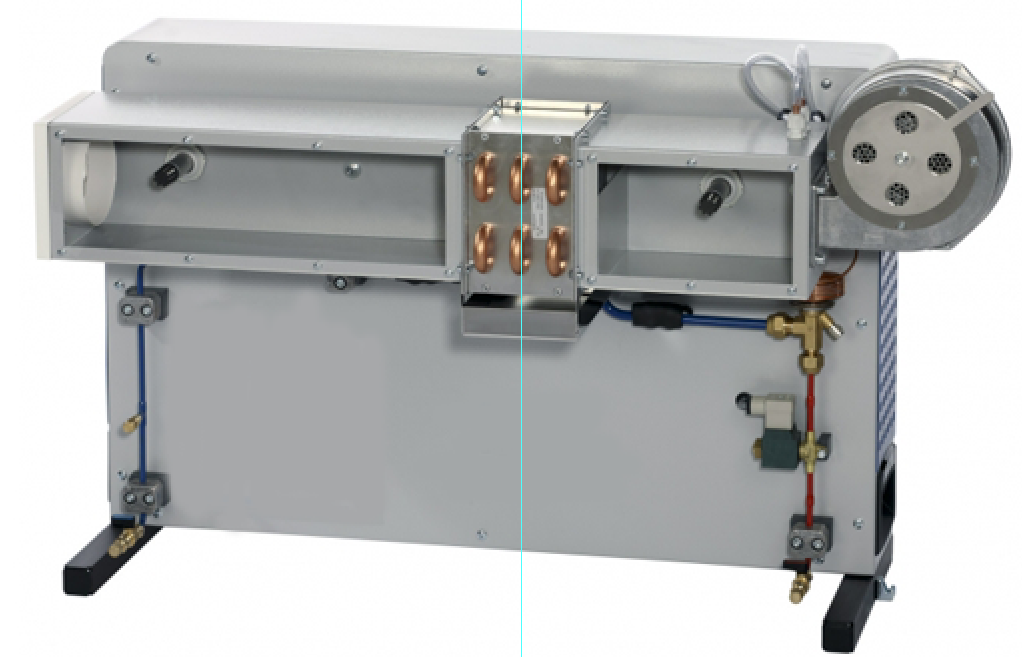




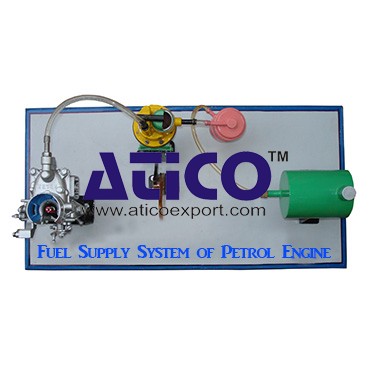

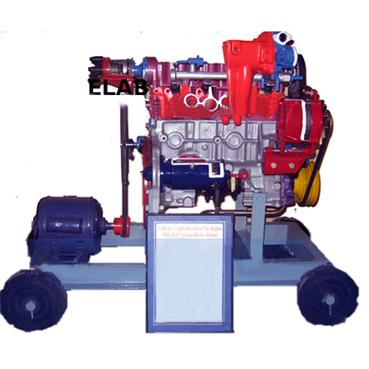
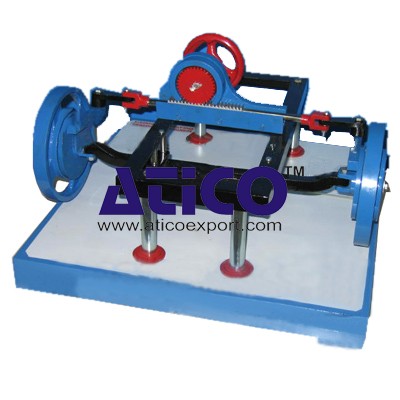


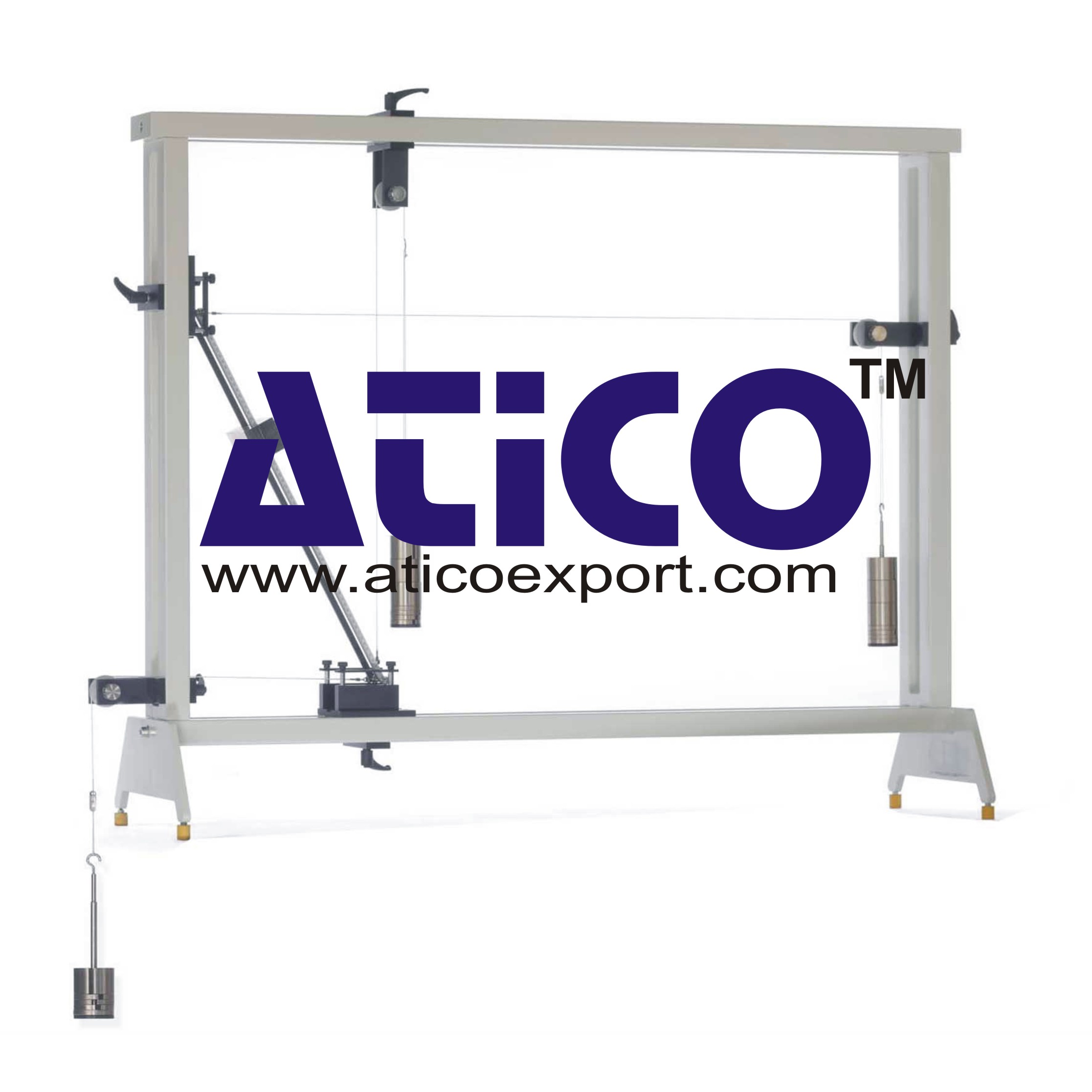
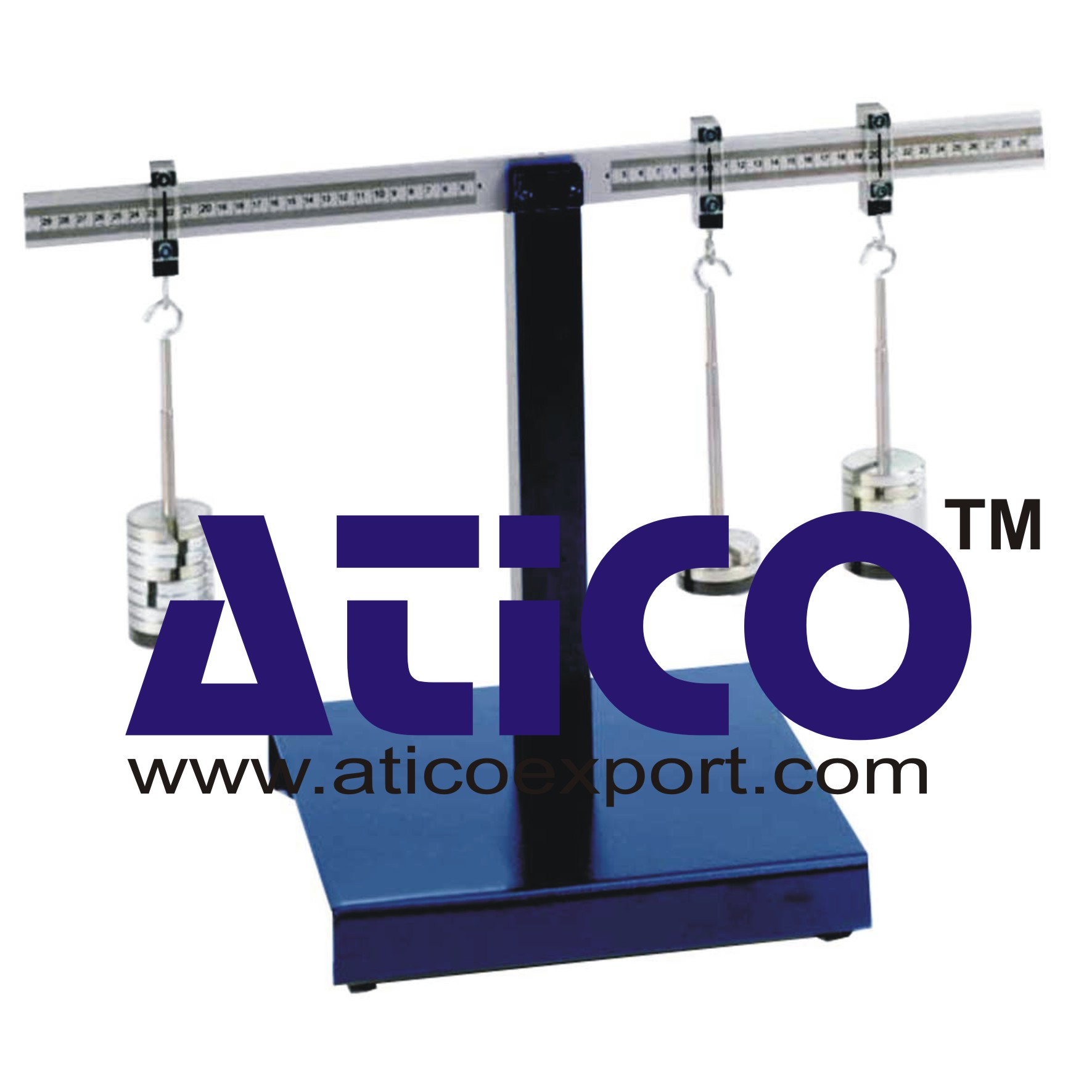
Product
Reviews
add Review
reviews
No Review Yet.